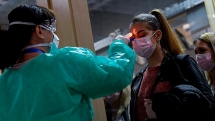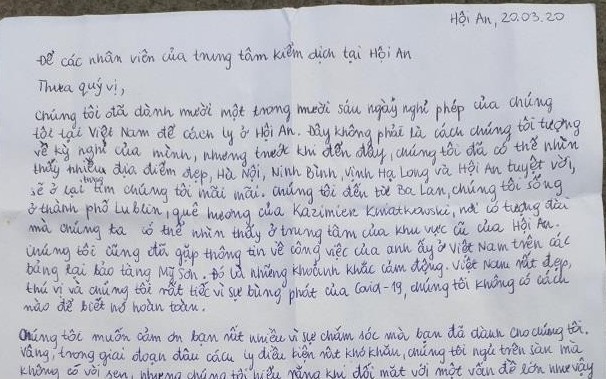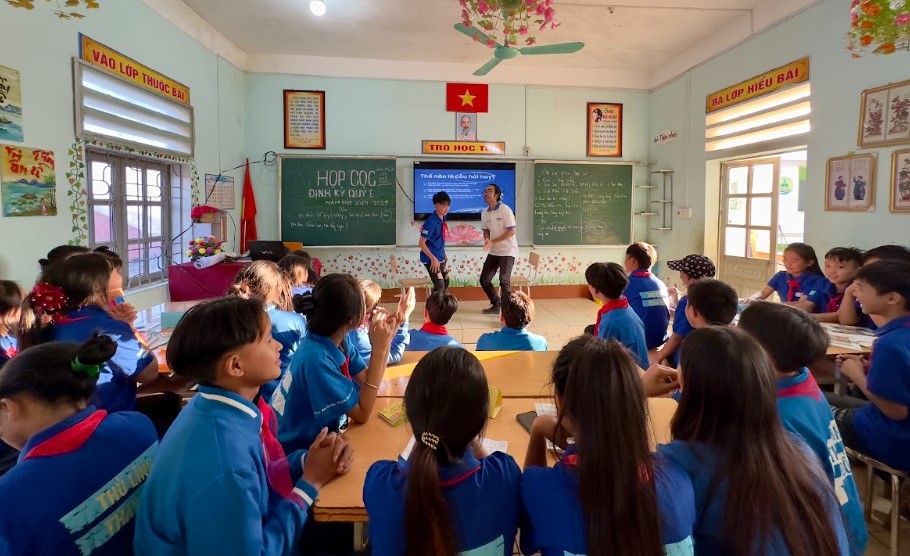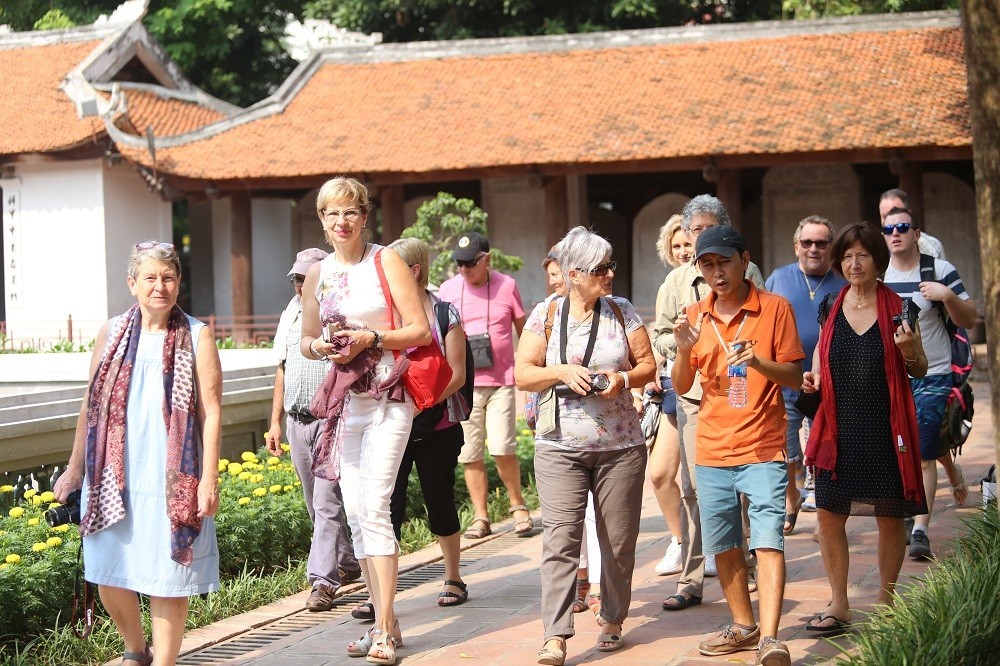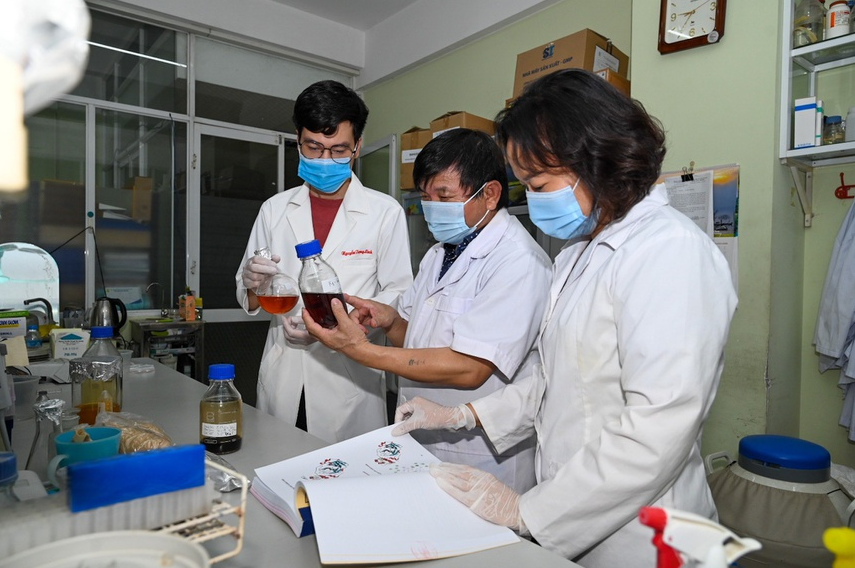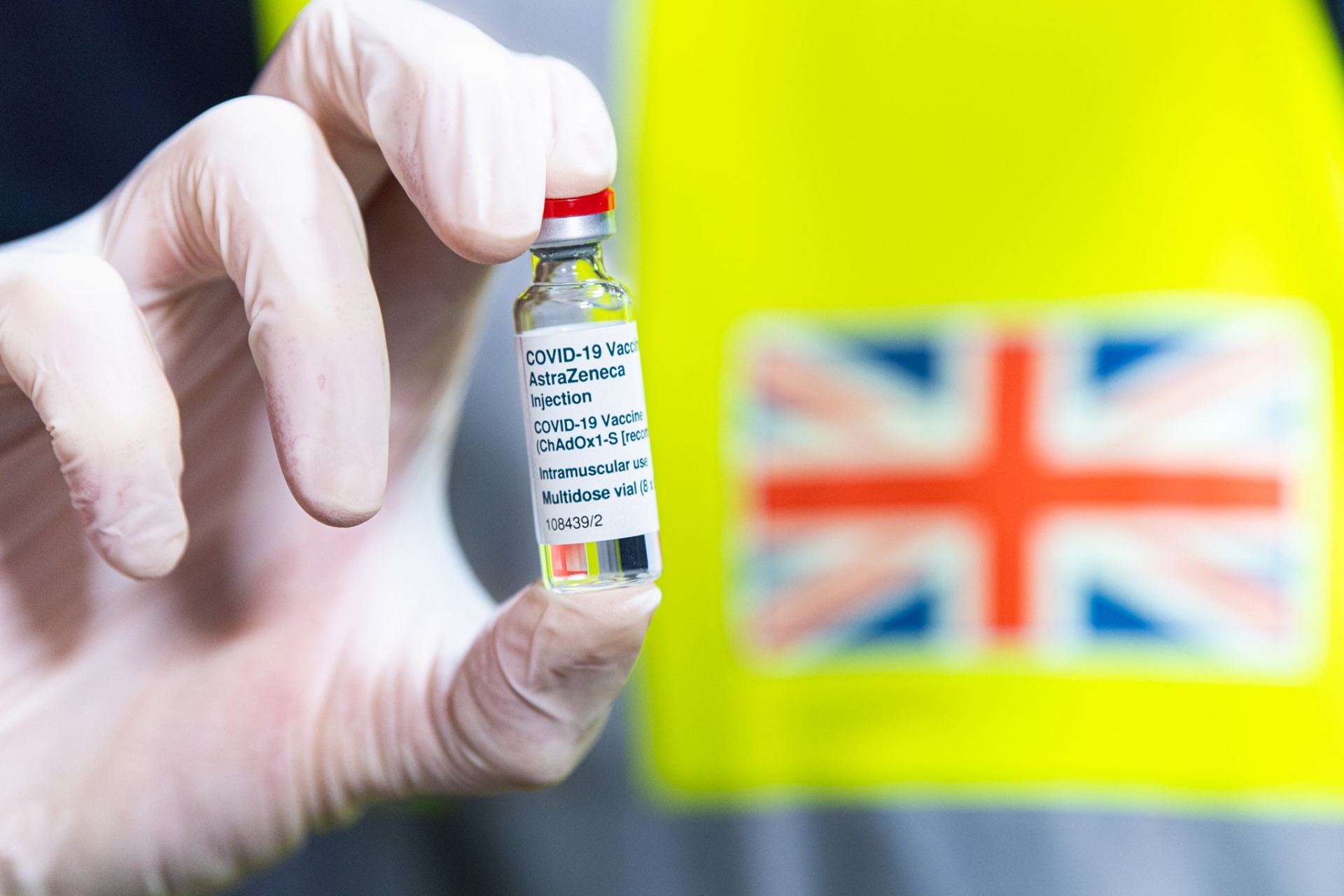How to practice ‘social distancing’ right amid COVID-19 pandemic
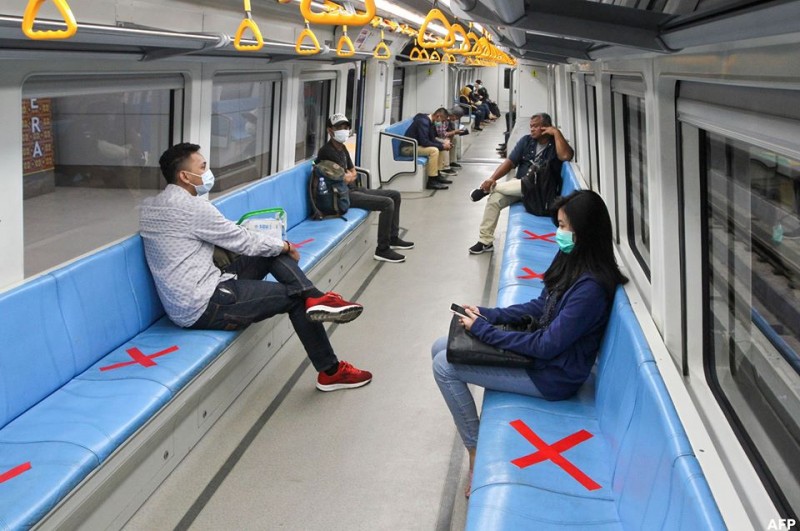 |
| Social distancing markers are pictured amid concerns about the spread of the COVID-19 coronavirus in Bangkok, Friday, March 20. AFP Photo |
“These are not normal times, this is not a drill,” said Dr Jeanne Marrazzo, director of infectious diseases at the University of Alabama in Birmingham. “We have never been through anything like this before.”
WHAT IS SOCIAL DISTANCING?
Put simply, the idea is to maintain a distance between you and other people – in this case, at least six feet.
Social distancing involves minimizing exposure to infected individuals by avoiding large public gathering venues, adhering to spacing requirements in the workplace, and following proper personal hygiene practices.
“Every single reduction in the number of contacts you have per day with relatives, with friends, co-workers, in school will have a significant impact on the ability of the virus to spread in the population,” said Dr Gerardo Chowell, chair of population health sciences at Georgia State University.
This strategy saved thousands of lives both during the Spanish flu pandemic of 1918 and, more recently, in Mexico City during the 2009 flu pandemic.
I’M YOUNG AND DON’T HAVE ANY RISK FACTORS. CAN I CONTINUE TO SOCIALISE?
Please don’t. There is no question that older people and those with underlying health conditions are most vulnerable to the virus, but young people are by no means immune.
And there is a greater public health imperative. Even people who show only mild symptoms can pass the virus to many, many others – particularly in the early course of the infection, before they even realize they are sick. So you might keep the chain of infection going right to your own older or high-risk relatives. You may also contribute to the number of people infected, causing the pandemic to grow rapidly and overwhelm the health care system.
If you ignore the guidance on social distancing, you will essentially put yourself and everyone else at much higher risk.
Experts acknowledged that social distancing is tough, especially for young people who are used to gathering in groups. But even cutting down the number of gatherings, and the number of people in any group, will help.
CAN I LEAVE MY HOUSE?
Absolutely. The experts were unanimous in their answer to this question.
It’s ok to go outdoors for fresh air and exercise – to walk your dog, go for a hike or ride your bicycle, for example. The point is not to remain indoors, but to avoid being in close contact with people.
You may also need to leave the house for medicines or other essential resources. But there are things you can do to keep yourself and others safe during and after these excursions.
When you do leave your home, wipe down any surfaces you come into contact with, disinfect your hands with an alcohol-based sanitiser and avoid touching your face. Above all, frequently wash your hands – especially whenever you come in from outside, before you eat or before you’re in contact with the very old or very young.
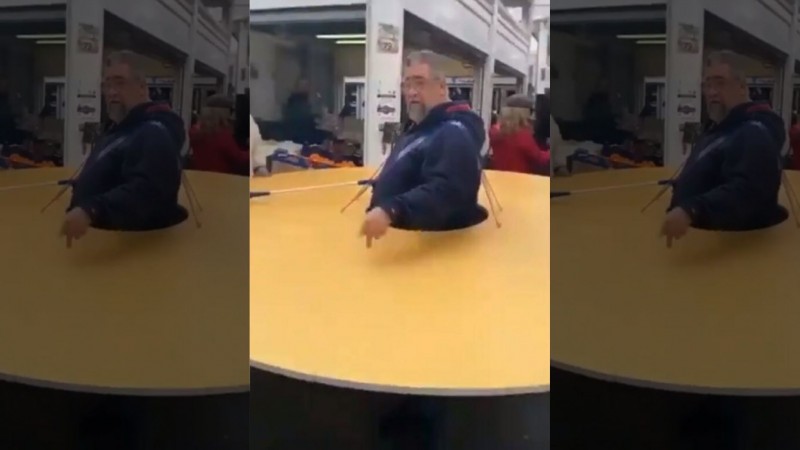 |
| A man in Italy has been spotted wearing what has been described as a social-distancing 'doughnut' in order to ensure he stays a safe distance from others during the country’s outbreak of COVID-19. (Daniel Bondi via Storyful) |
CAN I GO TO THE SUPERMARKET?
Yes. But buy as much as you can at a time in order to minimise the number of trips, and pick a time when the store is least likely to be crowded.
When you do go, be aware that any surface inside the store may be contaminated. Use a disinfecting wipe to clean the handle of the grocery cart, for example. Experts did not recommend wearing gloves, but if you do use them, make sure you don’t touch your face until you have removed the gloves.
Dr Caitlin Rivers, an epidemiologist at Johns Hopkins University, recommends stowing your cellphone in an inaccessible place so that you don’t absent-mindedly reach for it while shopping. “That could be a transmission opportunity,” she said.
If it’s a long shopping trip, you may want to bring hand sanitiser with you and disinfect your hands in between. And when you get home, Dr Rivers said, wash your hands right away.
Those at high risk may want to avoid even these outings if they can help it, especially if they live in densely populated areas.
Dr Marrazzo said her mother is an “incredibly healthy” 93-year-old who usually drives herself to the store, but she said she has asked her mother not to go out during this time, because “the risks are too great given the age-related mortality we’re seeing.”
CAN I GO OUT TO DINNER AT A RESTAURANT?
Some countries have closed down restaurants and bars for the next few weeks, but there is no specific nationwide guidance yet on this in the US beyond the CDC’s recommendation against gatherings of more than 50 people.
Before New York City announced it would be shutting down restaurants and bars, they were supposed to be operating at half capacity to maintain social distancing and soften the economic impact. But in small restaurants, that may still mean you’re too close to other diners. It’s also not possible to maintain true social distance from the people preparing or serving the food.
In general, avoid going out to restaurants, Dr Marrazzo said, but, “If you’re going to go, go to some place that you trust.” Choose spacious restaurants and ones where the staff members likely practice good hygiene. Better yet, opt for takeout. If you’re concerned for the restaurant’s financial future, ask about purchasing gift certificates you can redeem later.
CAN FAMILY COME TO VISIT?
That depends on who is in your family and how healthy they are.
“Certainly, sick family should not visit,” said Dr Marrazzo. “If you have vulnerable people in your family, or who are very old, then limit in-person contact.”
But if everyone in the family is young and healthy, then some careful interaction in small groups is probably ok. “The smaller the gathering, the healthier the people are to start with, the lower the risk of the situation is going to be,” she said.
At the same time, you don’t want family members to feel isolated or not have the support of loved ones, so check in with them by phone or plan activities to do with them on video.
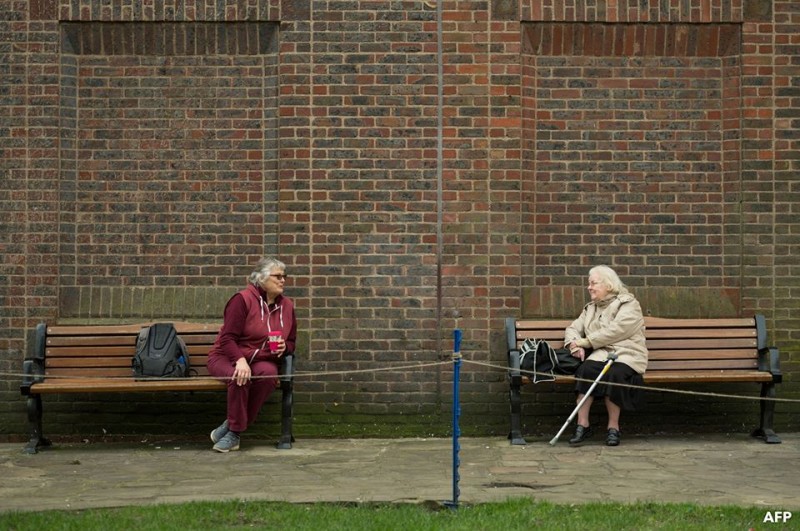 |
| People practice social distancing during the coronavirus (COVID-19) pandemic throughout the US, Friday, March 20. AFP Photo |
CAN I TAKE MY KIDS TO THE PLAYGROUND?
That depends. If your children have any illness, even if it’s not related to the coronavirus, keep them at home.
If they seem healthy and desperately need to burn energy, outdoor activities such as bike rides are generally ok. But “people, especially in higher-risk areas, may want to think twice about trips to high-traffic public areas like the playground,” said Dr Neha Chaudhary, a psychiatrist at Harvard Medical School.
Kids also tend to touch their mouths, noses and faces constantly, so parks or playgrounds with few kids and few contaminated surfaces are ideal. Take hand sanitiser with you and clean any surfaces with disinfecting wipes before they play.
Serious illness from this virus in kids is rare, so the kids themselves might be safe. “That doesn’t mean they can’t come home and give it to Grandma,” said Dr Marazzo.
So kids should wash their hands often, especially before they come into contact with older or high-risk family members.
I’M SCARED TO FEEL ALONE. IS THERE ANYTHING I CAN DO TO MAKE THIS EASIER?
It’s a scary and uncertain time. Staying in touch with family and friends is more important than ever, because we are biologically hard-wired to seek each other out when we are stressed, said Dr Jonathan Kanter, director for the Center for Science of Social connection at the University of Washington in Seattle.
Dr Kanter said he was particularly worried about the long-term impact of social isolation on both the sick and the healthy. The absence of physical touch can have a profound impact on our stress levels, he said, and make us feel under threat.
He said even imagining a warm embrace from a loved one can calm the body’s fight-or-flight response.
In the meantime, we are lucky enough to have technologies at hand that can maintain social connections. “It’s important to note that social distancing does not mean social isolation,” Dr Chaudhary said.
She suggested people stay connected via social media, chat and video. Be creative: Schedule dinners with friends over FaceTime, participate in online game nights, plan to watch television shows at the same time, enroll in remote learning classes. It’s especially important to reach out to those who are sick or to high-risk people who are self-isolating. “A phone call with a voice is better than text, and a video chat is better than a telephone call,” Dr Kanter said.
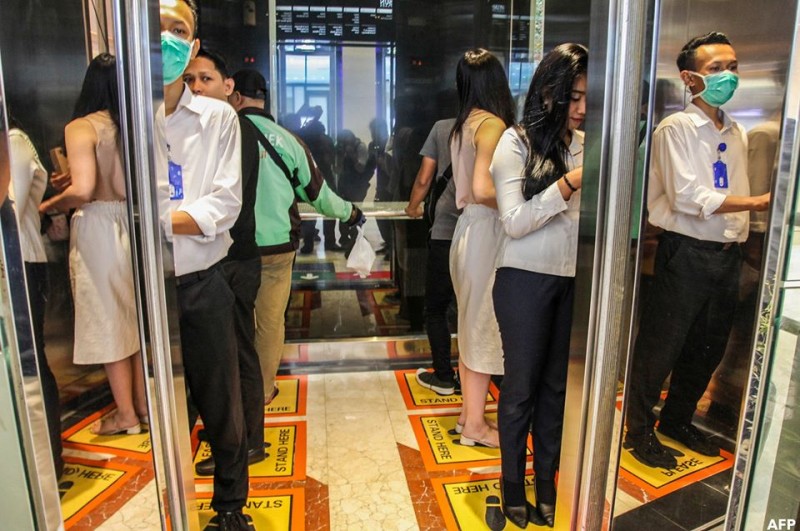 |
| Social distancing involves minimizing exposure to infected individuals by avoiding large public gathering venues, adhering to spacing requirements in the workplace, and following proper personal hygiene practices. AFP Photo |
HOW LONG WILL WE NEED TO PRACTICE SOCIAL DISTANCING?
That is a big unknown, experts said. A lot will depend on how well the social distancing measures in place work and how much we can slow the pandemic down. But prepare to hunker down for at least a month, and possibly much longer.
In Seattle, the recommendations on social distancing have continued to escalate with the number of infections and deaths, and as the health system has become increasingly strained.
“For now, it’s probably indefinite,” Dr Marrazzo said. “We’re in uncharted territory.”
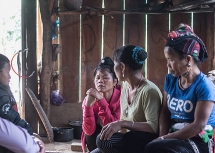 | COVID-19 epidemic poses a threat to Vietnam’s most vulnerable Business closures and job losses; families unable to provide for their children; teenage girls at higher risk of early marriage; human traffickers preying on those ... |
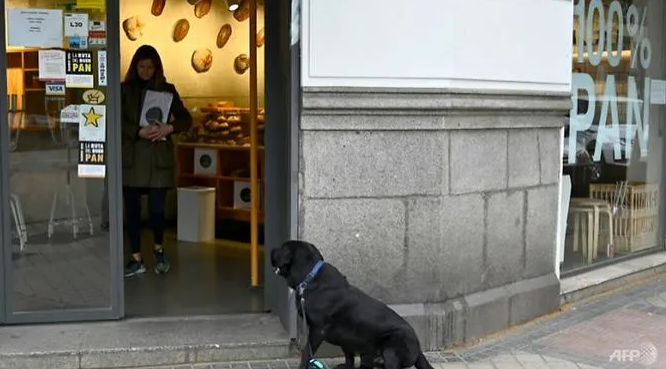 | How a dog become a get-out-of-jail card in lockdown Spain While Spain approving a lockdown amid the growing coronavirus pandemic,walking the dog has become an enviable get-out-of-jail card to some wily punters even offering their ... |
 | Vietnam Ancestral Global Day celebrating online due to the fear of COVID-19 deepening The Vietnam Ancestral Global Day will be celebrated online due to the developments of the acute respiratory disease caused by the novel coronavirus SARS-CoV-2 (COVID ... |
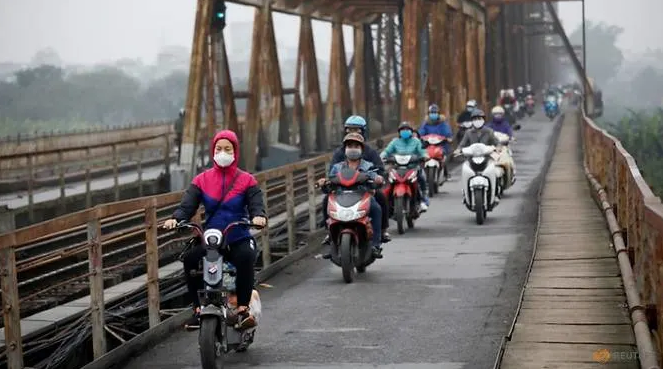 | Three more flights with cases of COVID-19 infection announced The Ministry of Health recommended passengers of three international flights IMMEDIATELY contact local centers for disease control to have their health monitored following detection of ... |
In topics
Recommended
 Handbook
Handbook
Vietnam Moves Up 8 Places In World Happiness Index
 Handbook
Handbook
Travelling Vietnam Through French Artist's Children Book
 Multimedia
Multimedia
Vietnamese Turmeric Fish among Best Asian Dishes: TasteAtlas
 Handbook
Handbook
From Lost to Found: German Tourist Thanks Vietnamese Police for Returning His Bag
Popular article
 Handbook
Handbook
Prediction and Resolution for the Disasters of Humanity
 Handbook
Handbook
16 French Films To Be Shown For Free During Tet Holiday In Vietnam
 Handbook
Handbook
Unique Cultural and Religious Activities to Welcome Year of the Snake
 Handbook
Handbook

